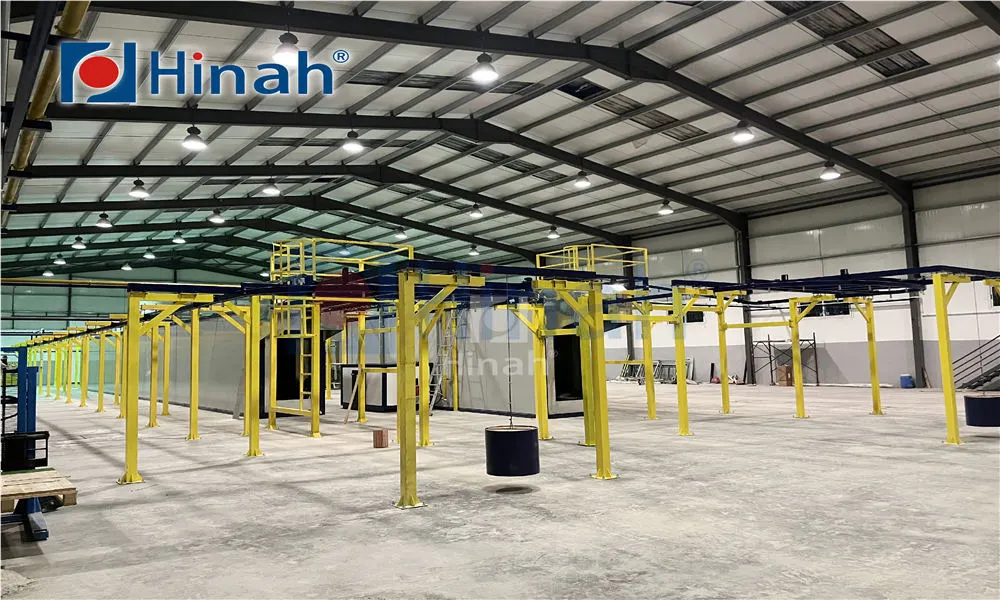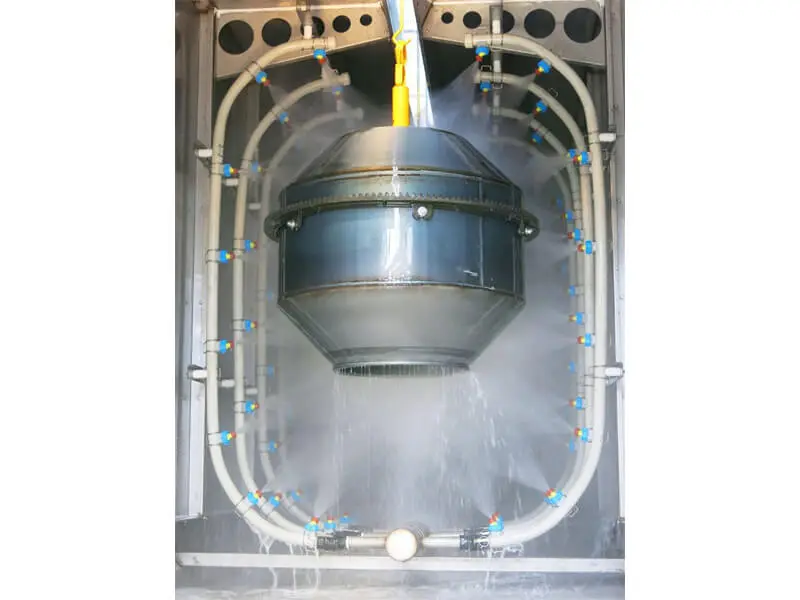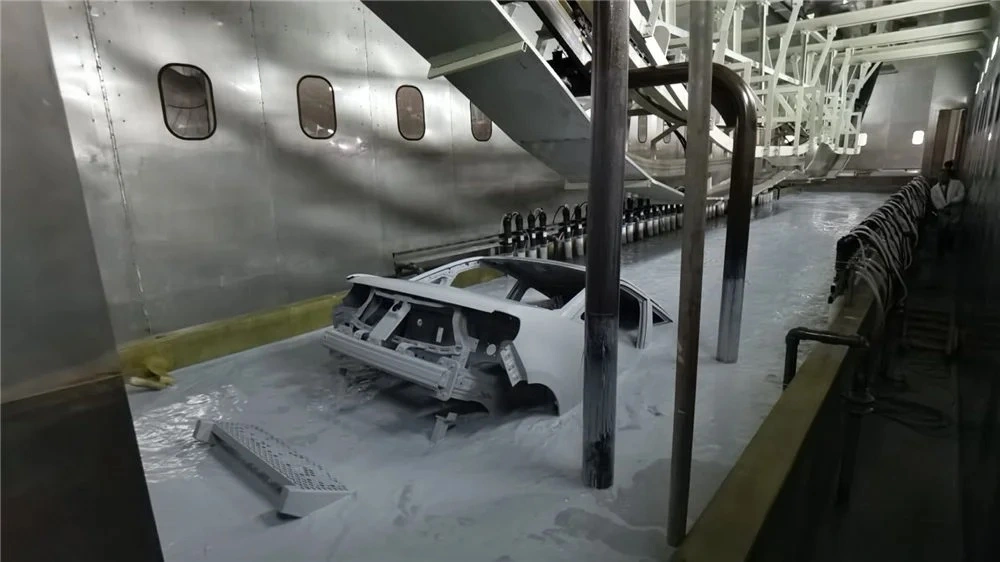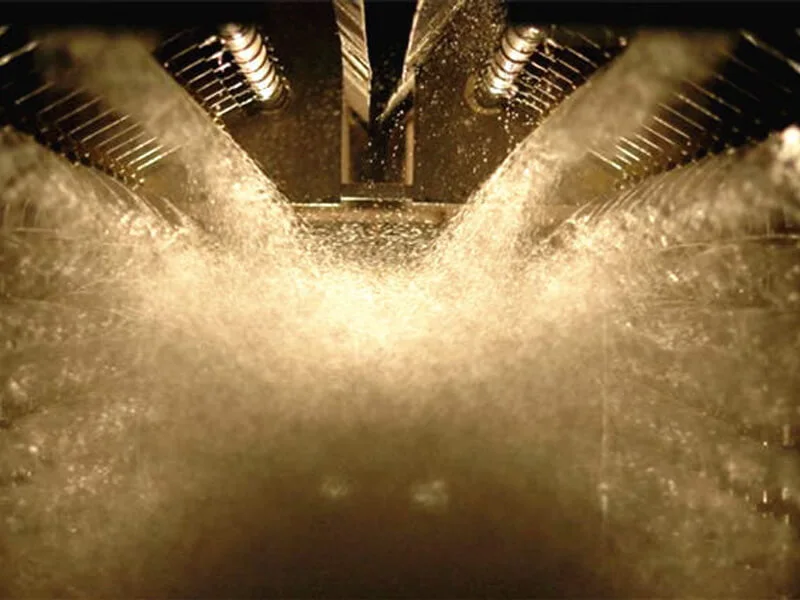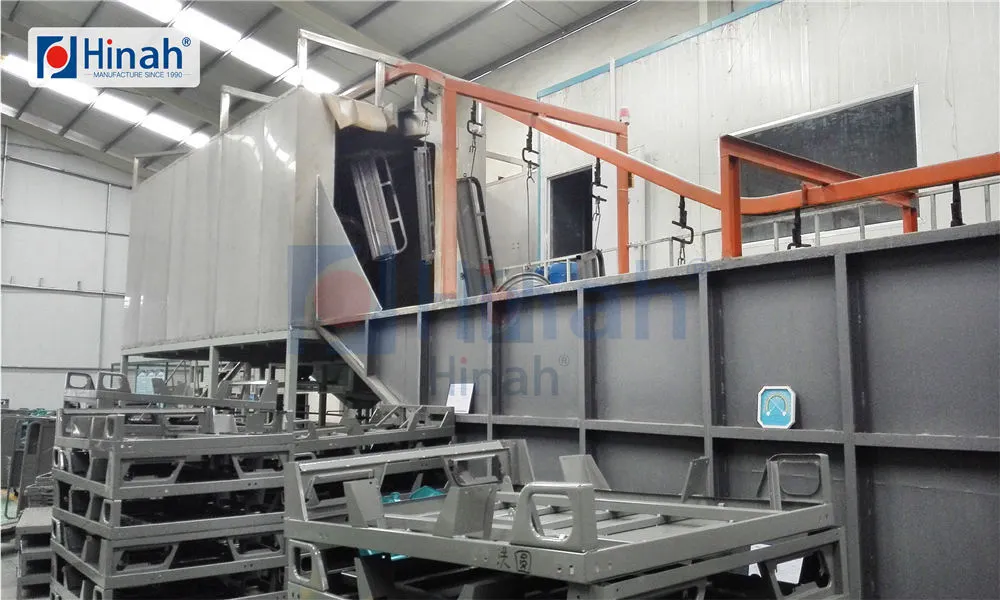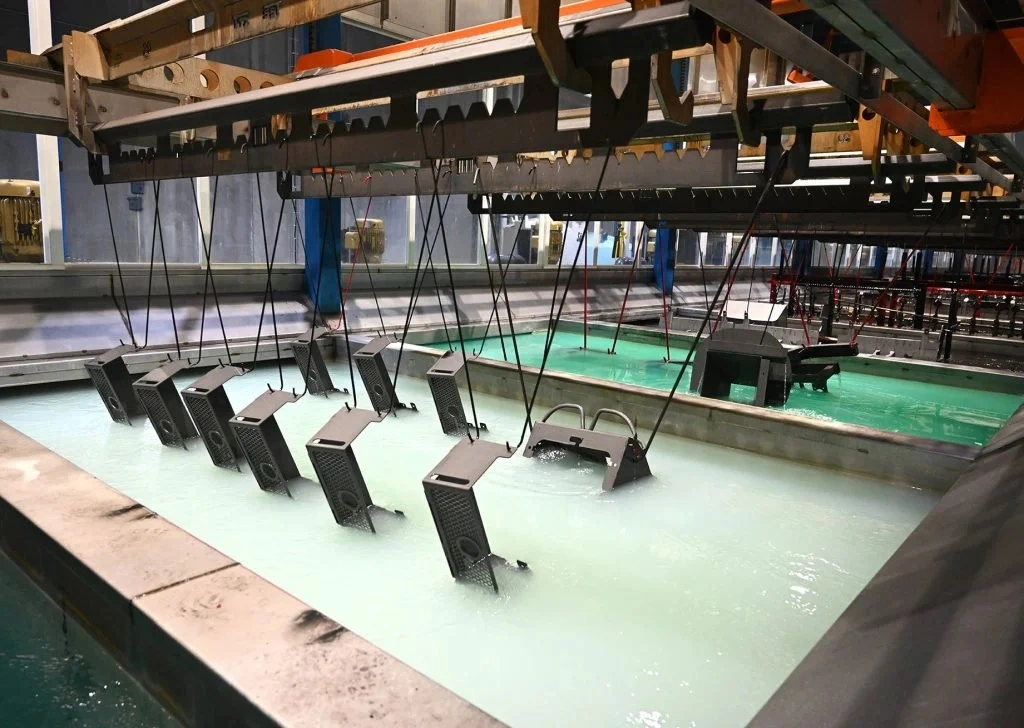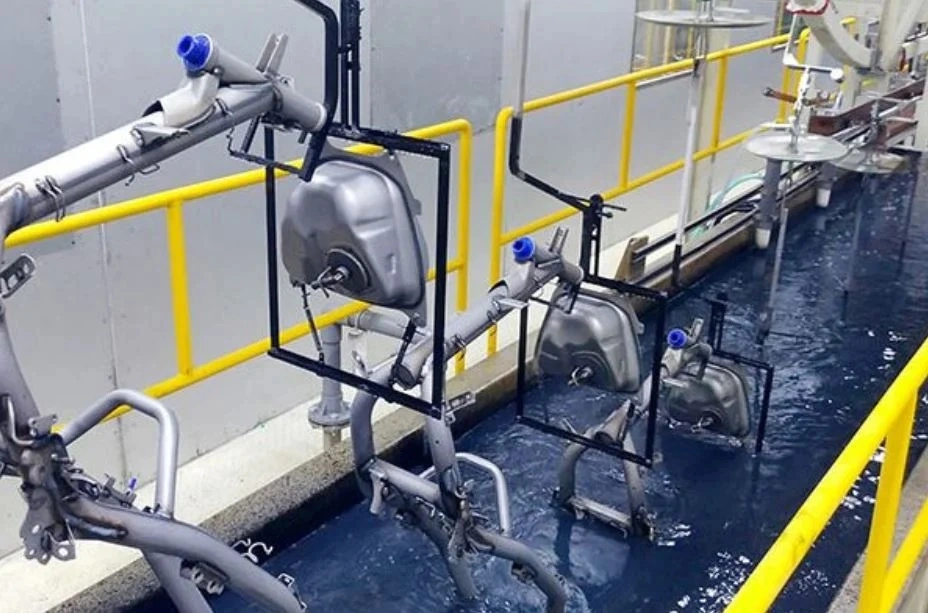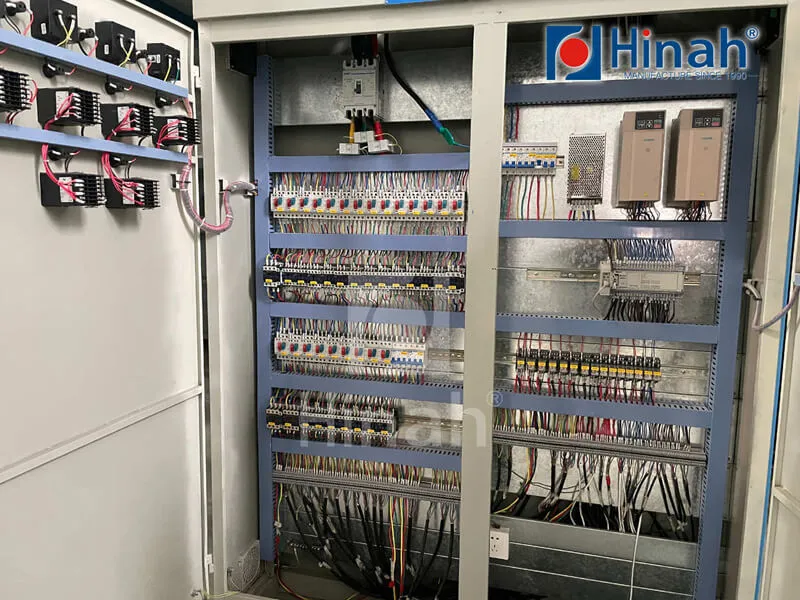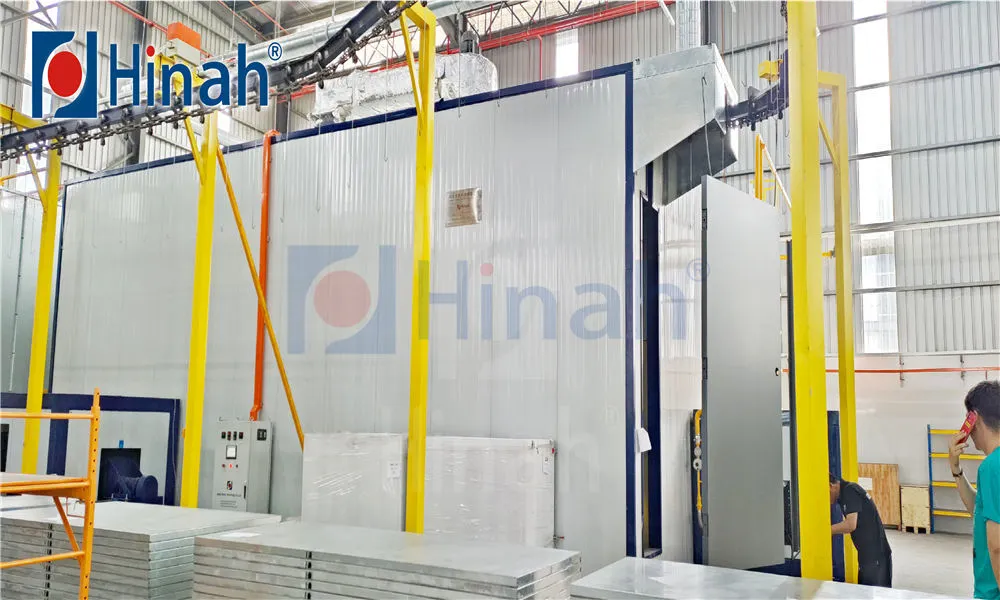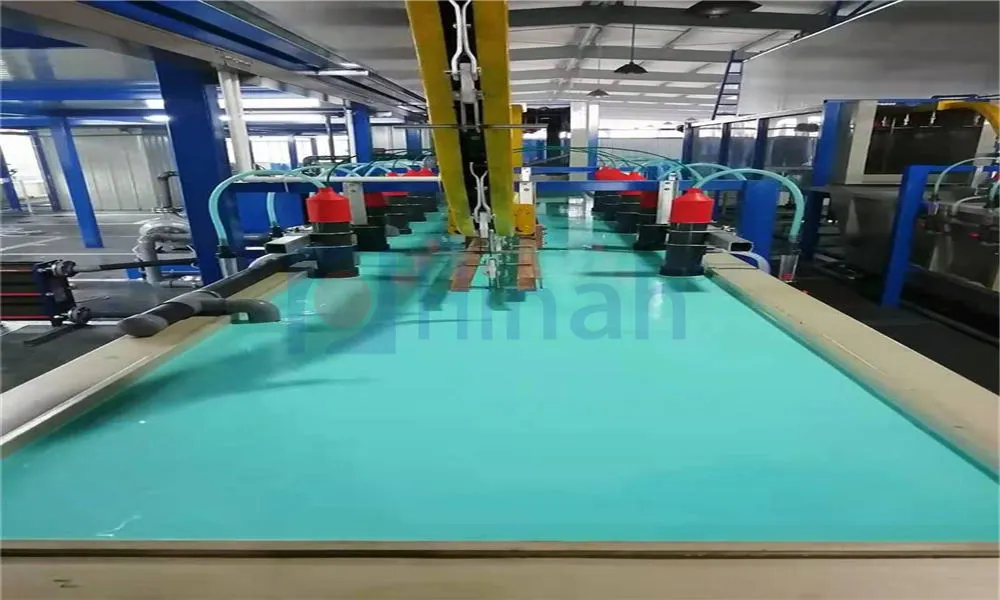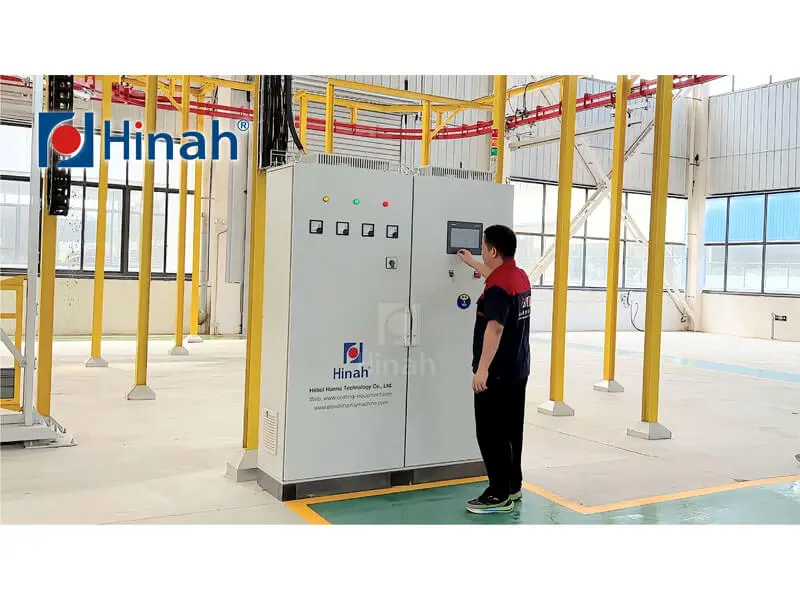In the world of industrial finishing, powder coating stands out as a superior, durable, and environmentally friendly alternative to traditional liquid paints. Whether you're an established manufacturer looking to upgrade your production line or an entrepreneur venturing into a new coating business, the cornerstone of your success lies in choosing the right powder coating plant manufacturer. This decision impacts everything from the initial powder coating plant price and the efficiency of your powder coating plant setup to the long-term performance and quality of your finished products.
This guide serves as a deep dive into the world of powder coating systems. We will explore the critical factors in selecting a manufacturer, the advantages of sourcing from a local powder coating plant manufacturer near me, the intricacies of plant setup, a breakdown of costs, and the distinct roles of a Powder Coating Equipment Manufacturer versus a full Powder Coating System Manufacturer. Finally, we'll address the most common questions and challenges faced during this process.
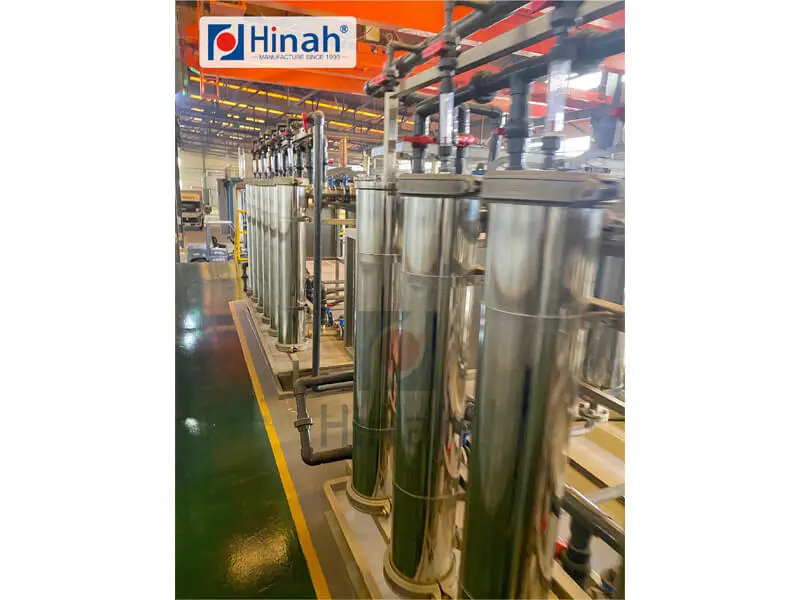
The Critical Role of a Powder Coating Plant Manufacturer
A powder coating plant manufacturer is more than just a vendor; they are a strategic partner. They don't merely sell ovens and spray booths. A reputable manufacturer provides integrated solutions, engineering the entire process from pre-treatment and application to curing and material handling. Their expertise ensures that all components work in seamless harmony, maximizing efficiency, minimizing waste, and guaranteeing a consistent, high-quality finish. The choice of manufacturer will dictate the reliability, scalability, and technological advancement of your operation for years to come.
Why "Powder Coating Plant Manufacturer Near Me" Matters
In our globalized economy, it might seem counterintuitive to prioritize local suppliers. However, searching for a "powder coating plant manufacturer near me" offers significant, tangible benefits that can drastically reduce project risk and total cost of ownership.
Logistical Efficiency and Lower Shipping Costs: Proximity means significantly lower freight charges for bulky, heavy equipment like curing ovens and pretreatment washers. This can have a substantial positive impact on the overall powder coating plant price.
On-Site Support and Commissioning: A local manufacturer can easily send their engineers for site assessments, which is crucial for an optimal powder coating plant setup. They can also provide hands-on installation supervision, commissioning, and startup support, ensuring everything is calibrated correctly from day one.
Responsive Service and Maintenance: When a production line goes down, every minute counts. A local partner can dispatch a service technician within hours, not days, minimizing costly downtime. This accessibility for routine maintenance and emergency repairs is invaluable.
Understanding Local Regulations: A domestic manufacturer will have a better understanding of national and local environmental, health, and safety (EHS) regulations, ensuring your system is compliant from the start.
The Step-by-Step Process of Powder Coating Plant Setup
A successful powder coating plant setup is a multi-phase project that requires meticulous planning. A full-system Powder Coating System Manufacturer will typically guide you through these stages:
Consultation and Needs Analysis: This is the most critical phase. The manufacturer will work with you to understand your production goals: the type of substrates (metal, etc.), part dimensions and volumes, desired finish quality, available floor space, and budget. This analysis forms the blueprint for the entire system.
Process Design and Engineering: Based on the analysis, engineers design the layout and specify each component. This includes the material handling system (overhead conveyors, monorails, power-and-free), the pre-treatment stage (wash, rinse, chemical conversion coating), the application booth, and the curing oven.
Fabrication and Factory Acceptance Testing (FAT): The equipment is manufactured and assembled at the factory. Before shipment, the entire system or its major components are often tested to ensure they function as designed. This step identifies and resolves any issues before installation on your site.
Installation and Commissioning: The equipment is delivered and installed. The manufacturer's team will assemble the system, connect utilities (power, gas, compressed air, water), and integrate all components. They then commission the system, fine-tuning all parameters to achieve the specified finish on your actual parts.
Training and Handover: A crucial final step is comprehensive operator training. Your team must be thoroughly trained on safe operation, routine maintenance, and basic troubleshooting to ensure smooth and independent operation.
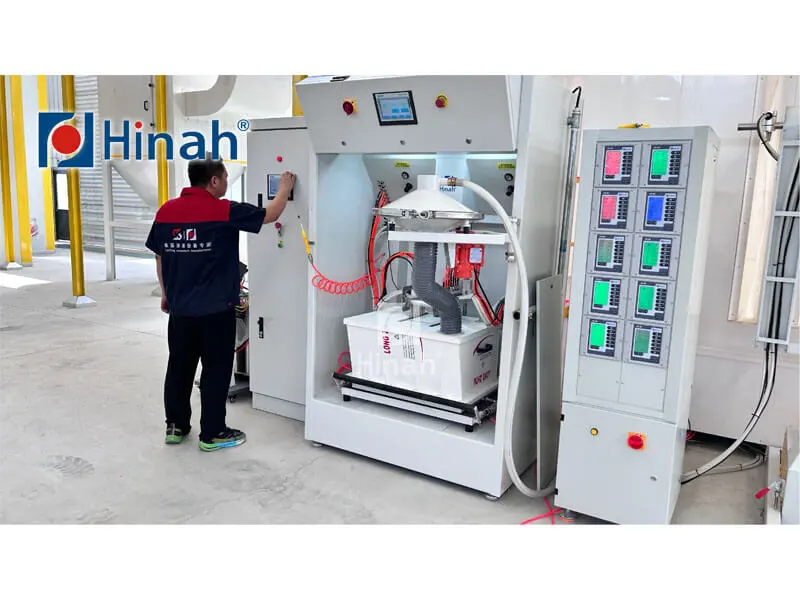
Understanding Powder Coating Plant Price Factors
The powder coating plant price is not a one-size-fits-all figure. It can range from tens of thousands for a small manual line to millions for a fully automated, high-volume system. Key factors influencing the cost include:
Level of Automation: A manual setup where operators spray parts by hand is the most affordable. Semi-automated and fully automated systems with reciprocators or robotic arms significantly increase the cost but also dramatically boost output and consistency.
System Capacity and Size: The physical dimensions of the oven and pretreatment stages, determined by the largest parts you need to coat, are a major cost driver. Larger systems require more materials, insulation, and energy.
Material Handling Complexity: A simple overhead conveyor is less expensive than a sophisticated power-and-free system that allows for accumulation and variable speed control.
Pre-Treatment Requirements: A simple 3-stage wash (clean, rinse, seal) is less costly than a 7-stage zinc phosphating system, but the latter provides superior corrosion resistance for demanding applications.
Energy Source: Curing ovens can be powered by electricity, natural gas, or propane. Gas ovens typically have a higher upfront cost but much lower operating costs for high-volume production.
Manufacturer Expertise: Established, high-quality Powder Coating Equipment Manufacturer brands often command a premium price, which is usually justified by their durability, efficiency, and superior technical support.
Powder Coating Equipment Manufacturer vs. Powder Coating System Manufacturer
It is vital to understand the distinction between these two roles, as it profoundly affects your project.
A Powder Coating Equipment Manufacturer typically specializes in producing individual components. You might buy an oven from one company, a spray booth from another, and a conveyor from a third. This approach can sometimes save on initial capital but places the immense burden of system integration, compatibility, and performance guarantees on you, the buyer. Troubleshooting can become a nightmare of finger-pointing between different suppliers.
A full Powder Coating System Manufacturer (or integrator) takes total responsibility. They design, manufacture (or source), integrate, install, and warrant the entire system as a single, functional unit. They are your single point of contact for everything from design to service. This holistic approach, while sometimes involving a higher initial investment, ensures optimal performance, reduces project risk, and provides long-term peace of mind. For most businesses, partnering with a true system manufacturer is the recommended path.
Common Challenges and FAQs in Powder Coating Plant Projects
Q1: What is the most common mistake when setting up a new powder coating line?
A: Poor planning and underestimating space requirements. Companies often fail to account for the space needed for part loading/unloading, racking, and maintenance access around equipment. A thorough site layout designed by an experienced manufacturer is essential.
Q2: How important is pre-treatment? Can I skip it to save money?
A: Pre-treatment is non-negotiable for a quality, durable finish. It removes oils, dirt, and rust and creates a chemical layer that dramatically improves powder adhesion and corrosion resistance. Skipping it will lead to finish failures like chipping and peeling, wasting powder and damaging your reputation.
Q3: How do I choose between an electric and gas oven?
A: The choice depends on your production volume and utility costs. Electric ovens are simpler, have a lower upfront cost, and are easier to install, making them suitable for low-to-medium volume shops. Gas ovens heat up faster and have significantly lower operating costs for high-volume, continuous production, making them more economical in the long run.
Q4: What kind of ventilation and air supply do I need?
A: Powder coating booths require a dedicated and clean air supply to maintain a proper environment for application and to ensure operator safety. They also require explosion-proof ventilation to contain and filter overspray. The specific requirements will be dictated by the booth size and the type of powder being used, and must be designed by a qualified engineer.
Q5: How can I control the overall powder coating plant price without sacrificing quality?
A: Focus on Value Engineering with your manufacturer. Be clear about your must-have features versus nice-to-have ones. Perhaps a semi-automated system is a perfect starting point with room for future automation. Investing in high-quality core components (oven, pretreatment) while opting for a simpler conveyor can be a smart balance. The key is to partner with a manufacturer who is transparent about costs and helps you make informed trade-off decisions.
Investing in a powder coating plant is a significant decision that requires careful consideration of your technical needs, financial constraints, and long-term business goals. The journey begins with selecting the right partner—a reputable powder coating plant manufacturer who can act as your guide. By prioritizing a local partner ("near me"), understanding the full scope of the powder coating plant setup, accurately evaluating the powder coating plant price, and recognizing the immense value of a single-source Powder Coating System Manufacturer over a simple component supplier, you can build a foundation for a highly efficient, profitable, and sustainable finishing operation. Thorough due diligence and clear communication during the planning phase are your best tools for ensuring a successful project that delivers a flawless finish for years to come.


